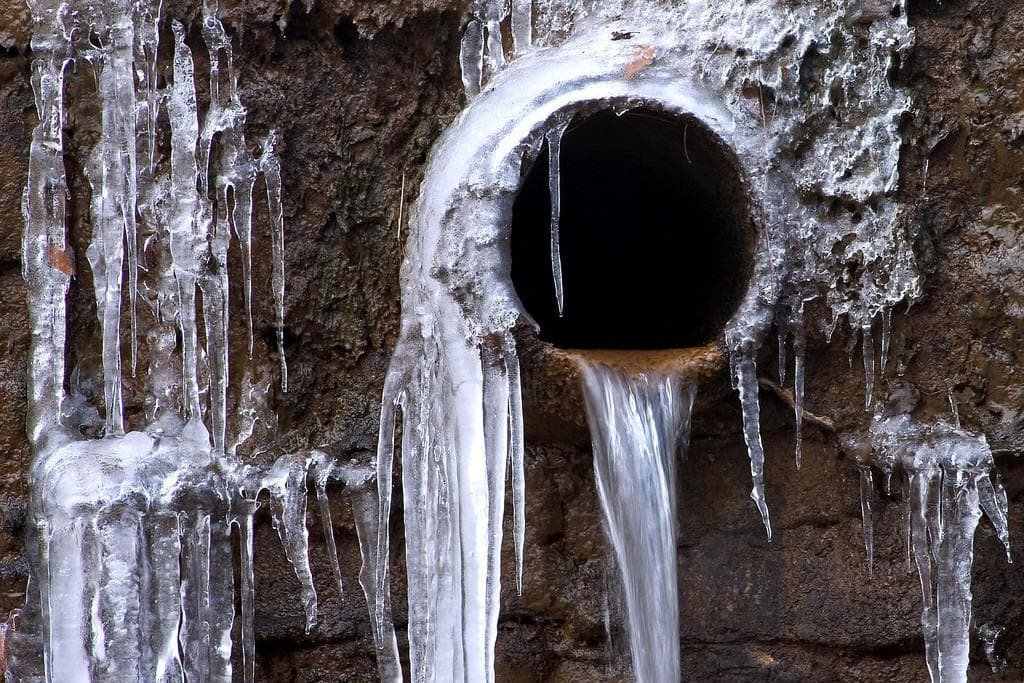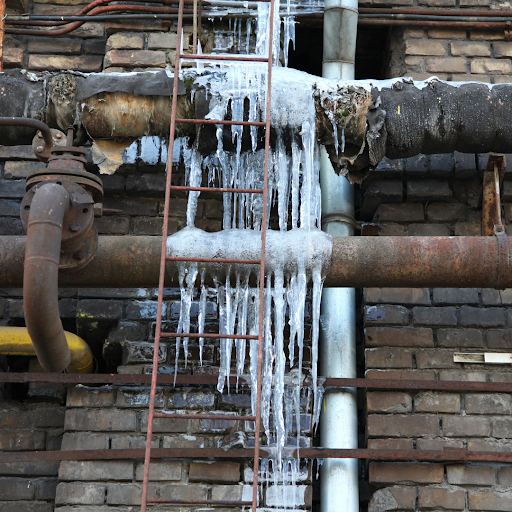Crucial Advice for Preventing Frozen Plumbing in Winter Conditions
Crucial Advice for Preventing Frozen Plumbing in Winter Conditions
Blog Article
This article down below about Prevent Frozen Pipes is especially remarkable. Give it a go and make your own personal ideas.

Winter can ruin your plumbing, especially by freezing pipes. Here's just how to stop it from occurring and what to do if it does.
Introduction
As temperatures decrease, the danger of icy pipes rises, possibly bring about costly repair work and water damages. Comprehending how to avoid frozen pipes is vital for property owners in chilly environments.
Comprehending Frozen Pipes
What creates pipes to freeze?
Pipes freeze when subjected to temperatures below 32 ° F (0 ° C) for prolonged periods. As water inside the pipelines ices up, it broadens, putting pressure on the pipe walls and possibly causing them to break.
Threats and damages
Frozen pipelines can cause supply of water disruptions, residential or commercial property damage, and costly repairs. Burst pipes can flood homes and trigger extensive architectural damages.
Indications of Frozen Pipes
Recognizing frozen pipes early can prevent them from bursting.
Just how to recognize frozen pipes
Seek reduced water circulation from taps, uncommon smells or sounds from pipes, and noticeable frost on revealed pipelines.
Prevention Tips
Shielding susceptible pipelines
Wrap pipes in insulation sleeves or use warm tape to safeguard them from freezing temperature levels. Concentrate on pipelines in unheated or external locations of the home.
Home heating strategies
Maintain interior areas appropriately warmed, particularly locations with pipes. Open up closet doors to enable cozy air to flow around pipes under sinks.
Shielding Exterior Plumbing
Garden tubes and outdoor taps
Detach and drain pipes garden hoses prior to winter season. Install frost-proof spigots or cover exterior faucets with protected caps.
What to Do If Your Pipes Freeze
Immediate activities to take
If you believe frozen pipelines, keep taps open to soothe pressure as the ice thaws. Make use of a hairdryer or towels soaked in hot water to thaw pipelines slowly.
Long-Term Solutions
Structural adjustments
Take into consideration rerouting pipelines far from exterior wall surfaces or unheated areas. Add added insulation to attics, basements, and crawl spaces.
Updating insulation
Buy premium insulation for pipelines, attic rooms, and wall surfaces. Proper insulation helps preserve regular temperatures and reduces the risk of frozen pipes.
Conclusion
Stopping frozen pipes requires proactive steps and quick actions. By comprehending the causes, signs, and preventive measures, homeowners can protect their pipes throughout cold weather.
6 Proven Ways to Prevent Frozen Pipes and Protect Your Home
Disconnect and Drain Garden Hoses
Before winter arrives, start by disconnecting your garden hoses and draining any remaining water. Close the shut-off valves that supply outdoor hose bibs and leave the outdoor faucet open to allow any residual water to drain. For extra protection, consider using faucet covers throughout the colder months. It’s also important to drain water from any sprinkler supply lines following the manufacturer’s directions.
Insulate Exposed Pipes
Insulating your pipes is an effective way to prevent freezing. Pipe insulation is readily available at home improvement stores and is relatively inexpensive. Pay close attention to pipes in unheated areas such as the attic, basement, crawl spaces, or garage. Apply foam insulation generously to create a buffer against the cold. You can also wrap your pipes in heat tape or thermostat-controlled heat cables for added warmth.
Seal Air Leaks
Inspect your home for any cracks or openings that could let in cold air. Seal any holes around the piping in interior or exterior walls, as well as the sill plates where your home rests on its foundation. Additionally, make sure to keep your garage door closed unless you’re entering or exiting. Leaving it open creates a significant air leak that can lead to frozen pipes.
Allow Warm Air Circulation
During cold snaps, it’s essential to allow warm air to circulate evenly throughout your home. Leave interior doors ajar to promote better airflow. Open kitchen and bathroom cabinets to help distribute heat consistently around the rooms. If you have small children or pets, be sure to remove any household chemicals or potentially harmful cleaners from open cabinets for safety.
Let Faucets Drip
A small trickle of water can make a big difference in preventing ice formation inside your pipes. When temperatures drop significantly, start a drip of water from all faucets served by exposed pipes. This continuous flow helps prevent the water from freezing. Additionally, running a few faucets slightly can relieve pressure inside the pipes, reducing the chances of a rupture if the water inside does freeze.
https://choateshvac.com/6-proven-ways-to-prevent-frozen-pipes-and-protect-your-home/

I was introduced to that write-up about Prevent Frozen Pipes through a pal on a different domain. Do you know about another person who is very much interested in the subject? Take a moment to share it. Thanks so much for your time spent reading it.
Call Today Report this page